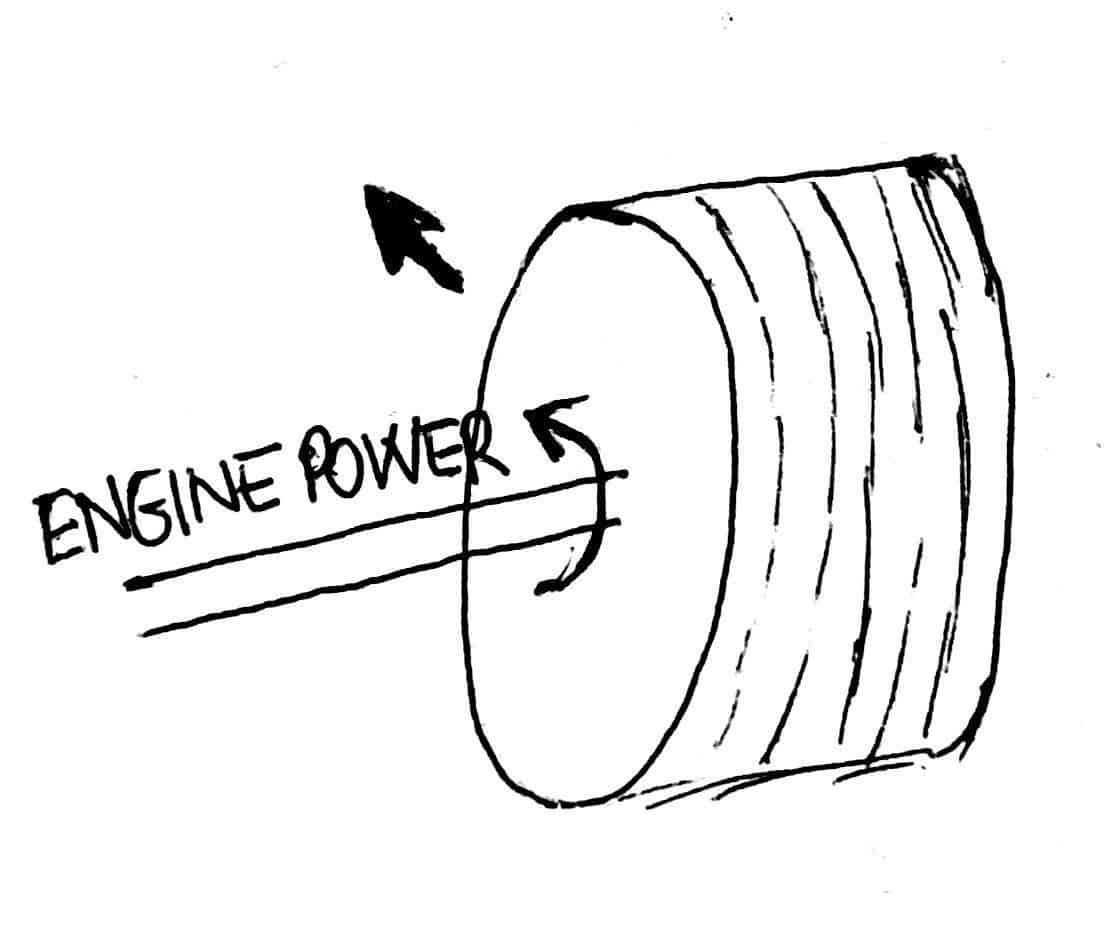TYRES: nitrogen inflation, handling and safety
The type of tyres deeply influence grip, safety and handling
To let this series begins, it’s natural to start describing the tyres and their role.
These are the only parts that link a vehicle to the ground, the only way to transfer the engine power allowing to move the car.
Tyres and safety.
So, this is the main purpose of a tyre, that it has also another function: to decrease the amount of impacts towards the dampers in order to guarantee safety [do you need an avice about snow chains?] and comfort to the driver and his passengers.
To absolve these two fundamental functions, the tyres have to respect some characteristics: they must have good elastic properties, low rolling noise, high grip/handling and they must have an intuitive behaviour in such a way that the driver has a direct, prompt and immediate response.
 TYRES: a key for handling and pollution management.
TYRES: a key for handling and pollution management.
In the last years, tyres played an important role in term of car pollution; they have to be with a low rolling coefficient in order to decrease consumptions. Ideally, these properties are characteristics of all tyres but we know that each tyre has a function depending on the type of the vehicle.
Therefore, some properties identify mainly some kind of tyres, others are fundamental in other types of tyres. One of the simplest examples, is the differences between a slick race tyre and a tyre for off-road vehicles.
As we said, there are many basic features shared by all kind of tyres: deformability, flexibility, adherence, lightness… These are given by the compound of the rubber and the metal structure inside the tyre. The lightness is mainly due to the air inside; this element contributes to stiffen the structure and allows to transmit forces, even considerable, to the rim to which the tyre is fixed.
NITROGEN INFLATION: Why is nitrogen inflation so common in race cars?
A nitrogen rich-mixture improves performances.
Generally, the tyres are inflated with compressed air but it’s possible to use also air rich in nitrogen. We used this gas especially in racing competitions and it’s not common on road vehicles.
Nitrogen is the main element of the air (79%) and inflating tyres with nitrogen means injecting a mixture with at least 90% of nitrogen.
This is because the absence of humidity, oxygen and many impurities.
The benefits of nitrogen inflation on tyres.
The main benefits of nitrogen inflation are:
- Reduced risk of explosion: this is the junction of the two advantages written before; nitrogen-inflated tyres deflate more slowly and overheat less, thus reducing the risk of explosion, also nitrogen is flame retardant while oxygen burns, so in the event of an overheating tyre explosion it is implicitly safer.
- Fuel savings: rolling resistance and correct tyre pressure are the main factors affecting vehicle fuel consumption. Nitrogen molecules are larger and therefore more difficult to escape from the tyres. As the rubber of which the tyres are produced deteriorates, their rolling resistance increases, recent studies have shown that inflation with nitrogen reduces the deterioration of the tyre rubber.
- Longer tyre life: high temperatures are the main enemy of car tyres, overheating the tyres deteriorate and lose their performance characteristics, inflation with pure nitrogen compared to normal compressed air slows down the heating of the tyres. Nitrogen is also free of moisture and carbon dioxide, and therefore reduces the formation of rust in the metal belts of the tyre, extending its duration.



